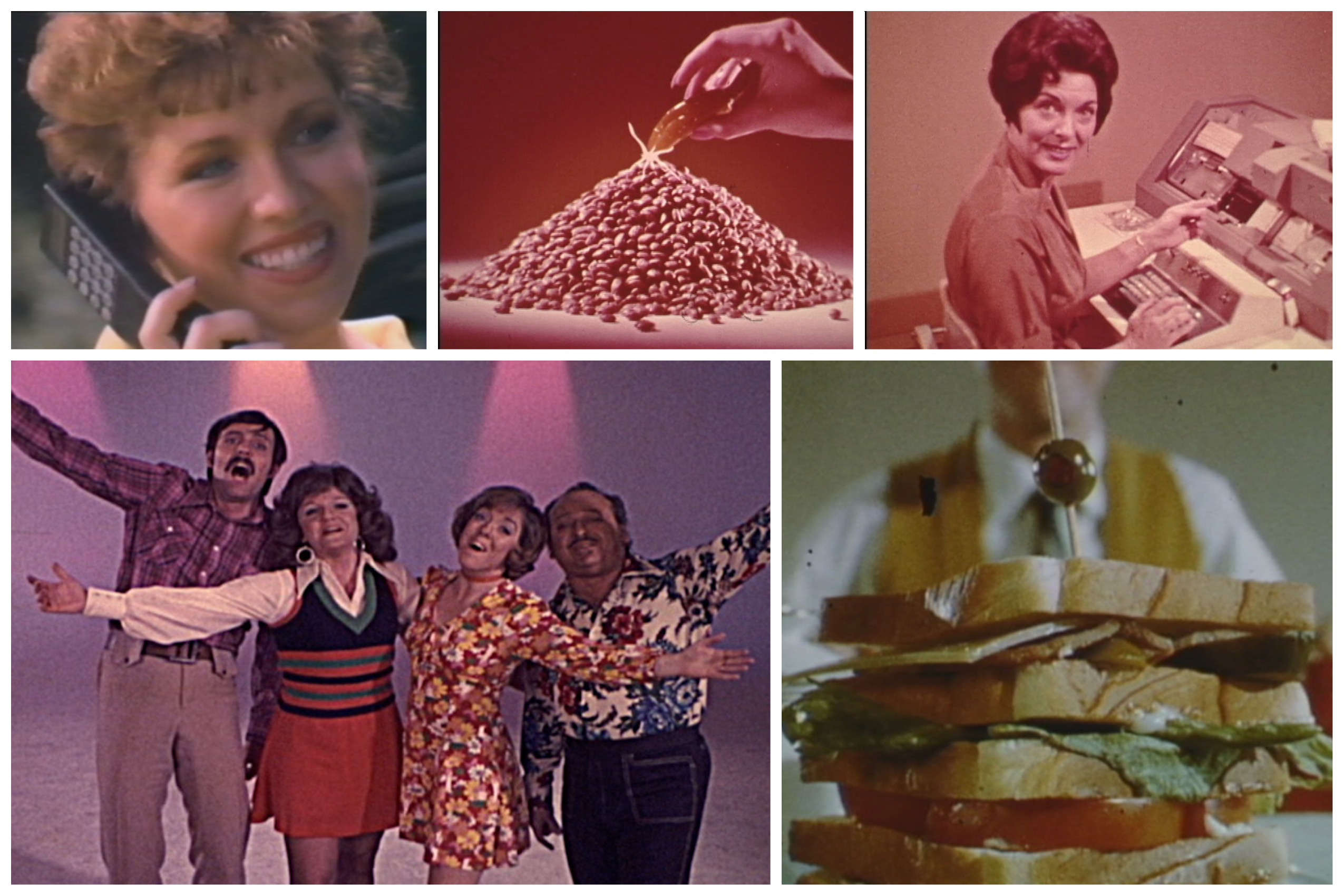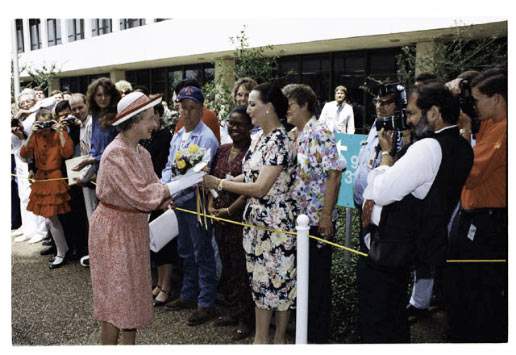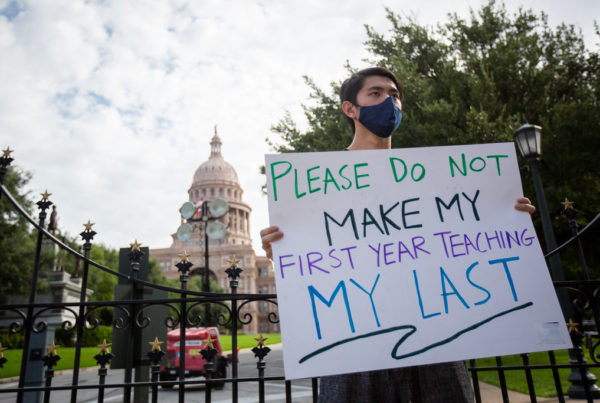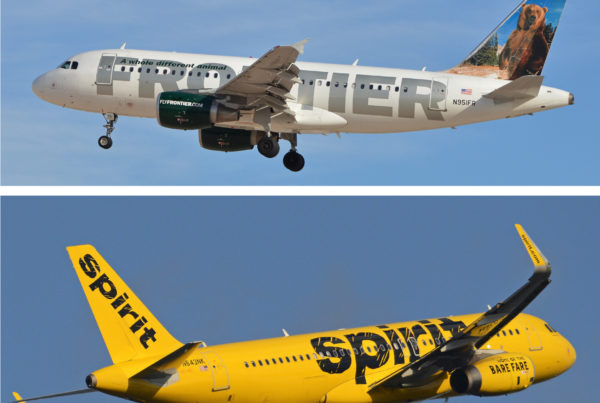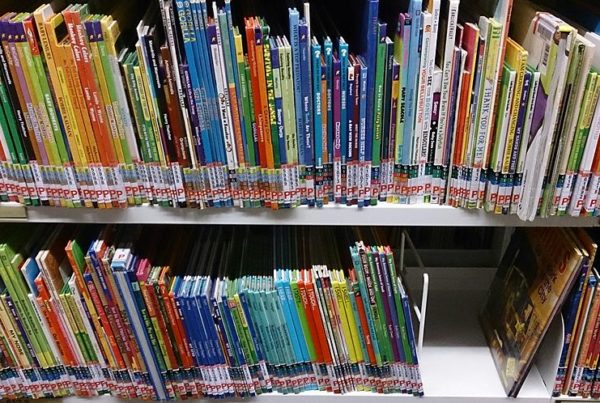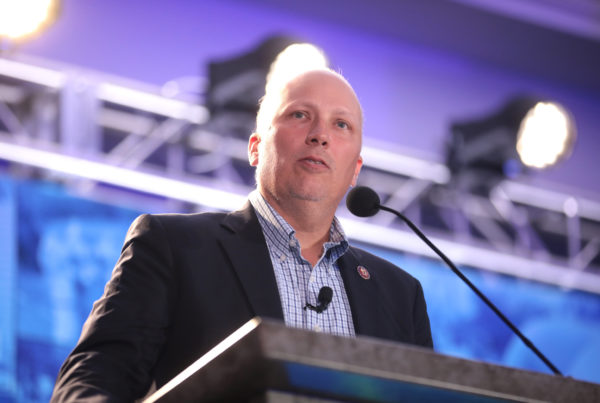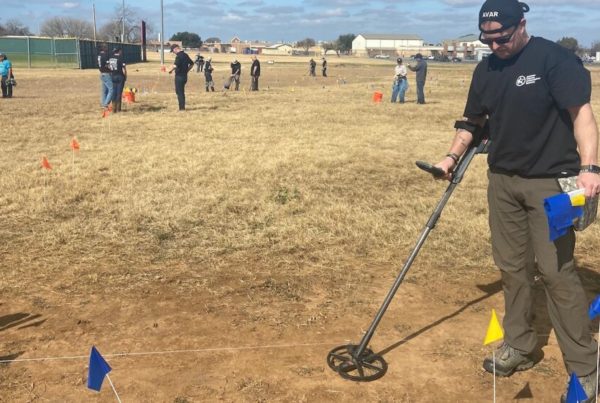Long before Dallas had an eponymous hit television show, it was a hub for commercial and industrial film production. A new exhibit from the Texas Archive of the Moving Image, or TAMI, demonstrates how the city’s role as a home base to many big businesses helped contribute to its emergence as a major player in entertainment production.
TAMI’s Katharine Austin curated the exhibit, “Mavericks and (M)ad Men: The Industrial Film Legacy of Dallas.” The interactive collection is made up of examples from TAMI’s files.
Hear clips from some of Austin’s favorite examples as part of the interview in the audio player above, or read the transcript below.
This transcript has been edited lightly for clarity.
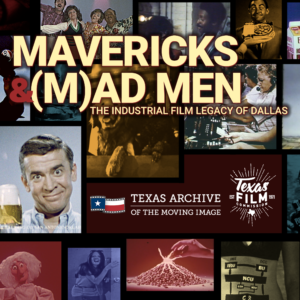 Texas Standard: What is distinct here is that these ephemeral films, for lack of a more concise description, often are done for some major corporations, right? You found a lot of Texas-based corporations that were pioneers in some of this industrial filmmaking being done in Dallas.
Texas Standard: What is distinct here is that these ephemeral films, for lack of a more concise description, often are done for some major corporations, right? You found a lot of Texas-based corporations that were pioneers in some of this industrial filmmaking being done in Dallas.
Katharine Austin: You do. And so, the sort of commercial film production can encompass so many things: so, it can be in or newsreels and government films and industrial films in the beginning, but then it becomes television commercials and marketing films and promotional films, even television programs.
And there’s the synergy of having so many companies based in Texas where you have Dr. Pepper or Frito-Lay or Lone Star Beer. Dallas’ film roots go back really to the start of cinema. There’s the Wheelan-Loper Film Company of Dallas and San Antonio that was formed in 1908, films being shot there throughout the 1940s, but it just happened to work in Dallas.
You’re not just talking about commercials then; you’re talking about movies that would be shown to employees, instructional films, that sort of thing?
You have recruitment films for the Marine Corps, marketing films that would be given to product distributors to introduce them to the new product-marketing campaign, industrial films that are showing how to use this new technology to businesses that might want to buy it. One of the films in the exhibit is called “The Computer Tutor” from 1966, and you’re introducing this new computer technology that will revolutionize the office.
I personally think that this is some of our best content in the collection. Our website has over 5,000 videos on it. It was hard to narrow down some of my favorites for this, but my personal favorite is probably a Dr. Pepper commercial from the 1960s.
And there’s also a great marketing film for Pearl Beer called “Pearl’s a Poppin.'” There’s this whole legacy of industrial films that are also musicals, and this is one of those. And so it’s this quartet of performers introducing the new marketing campaign for Pearl Beer.
How did this morph into a bigger film industry in Dallas? Were you able to connect the dots there?
So many of these production houses are full studio concepts: you have directors, you have producers, you have writers, you have editors of animators. And so everyone’s coming to Dallas. And so then you have the talent here to do that kind of work. And then those people form off and go to different parts of the industry and other parts of the country, or they form their own production houses. It’s just sort of been a multigenerational laying of the foundation.
Tell us a little bit about how you set this up for people to experience this exhibition.
This exhibit is one of the many programs that we do in partnership with the Office of the Governor’s Texas Film Commission. That’s also how we do our Texas Film Roundup program, where we digitize people’s film collections for free, as well as make educational resources.
So, the Texas archive of the moving image largely only exists online, and we’ve curated several exhibits on various topics using footage from our online collection. Probably the easiest way to find it is to go to the Texas Archive website, which is texasarchive.org. The San Antonio Express-News recently had an online article showing videos from our collection, many of which are our Dallas commercial film productions. And they’re calling them, like, vintage cringe commercials, and it’s like, no, but they’re good cringe! They’re so fun!


